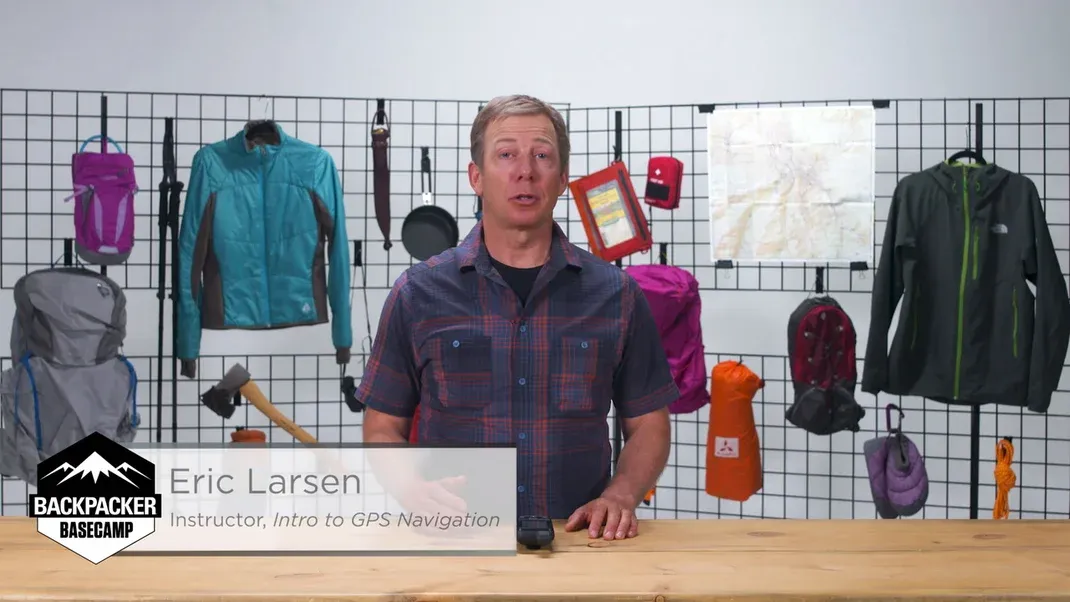GPS Tracks vs. Routes
GPS tracks and routes are both used in navigation, but they serve slightly different purposes. A GPS track is a recorded path of a journey, showing the exact route taken and the specific points that were visited. It is often used for recording and analyzing past trips, as well as for sharing routes with others. On the other hand, a GPS route is a pre-planned path from one point to another, often created with specific waypoints and turn-by-turn directions. It is used for guiding travelers to a specific destination, providing a clear and efficient path to follow. Both tracks and routes are valuable tools for navigation and exploring new places.

GPS tracks and routes are essential tools for navigation, whether you're hiking, biking, driving, or engaging in any outdoor activity. Both tracks and routes help you plan and follow a path to your destination, but they serve different purposes and have distinct characteristics.
GPS tracks are a recorded path of your movement, typically displayed as a series of points on a map. When you track your movement using a GPS device or smartphone app, it records your exact location at regular intervals, creating a continuous line that represents your path. This track can be saved and shared with others, allowing them to follow the same route.
Routes, on the other hand, are pre-planned paths that you create or download to follow. A route consists of a series of waypoints or turns that guide you along a specific path. When you follow a route, your GPS device or app provides turn-by-turn directions to help you navigate the course.
One of the main differences between GPS tracks and routes is their purpose. Tracks are primarily used to record and analyze your movement after the fact, while routes are used for navigation and guidance during your journey.
GPS tracks are useful for reviewing your performance, analyzing your route, and sharing your experiences with others. By recording your tracks, you can see your actual path on a map, including any deviations or detours you may have taken. This can be helpful for evaluating your performance, identifying areas for improvement, and sharing your adventures with friends and fellow outdoor enthusiasts.
In contrast, routes are designed to guide you from one point to another. When you follow a route, your GPS device or app provides you with directions and prompts to keep you on track. Routes are especially useful for navigating unfamiliar terrain, ensuring that you stay on course and reach your destination safely.
Another important distinction between GPS tracks and routes is their level of flexibility. GPS tracks represent your actual movement, allowing for spontaneity and exploration. When you record a track, it captures your exact path, including any deviations, detours, or side trips you may have taken. This flexibility is great for outdoor activities like hiking or biking, where you may want to explore different paths or take scenic routes.
Routes, on the other hand, are more rigid and predefined. When you follow a route, you are guided along a specific path with predetermined waypoints and turns. While routes provide a clear and direct path to your destination, they may not allow for much flexibility or spontaneity along the way.
In terms of planning and preparation, GPS tracks and routes also have different requirements. Creating a GPS track is as simple as turning on your GPS device or smartphone app and recording your movement. Once you've finished your activity, you can save and share your track with others.
Creating a route, however, requires more advanced planning and preparation. You need to plot out your path, set waypoints, and determine the specific turns and directions you'll need to follow. This can be done using mapping software or online tools, and the route can then be uploaded to your GPS device or app for navigation.
When it comes to sharing and using GPS tracks and routes, both can be valuable resources for outdoor enthusiasts. GPS tracks can be shared with others to showcase your adventures and experiences. Whether you want to share a favorite hiking trail, biking route, or scenic drive, sharing a GPS track allows others to follow in your footsteps and experience the same journey.
Routes, on the other hand, can be shared to provide navigation guidance to others. If you've planned a specific route for a hike, bike ride, or road trip, you can share the route with friends or fellow travelers so they can follow the same path and reach the destination safely.
In conclusion, GPS tracks and routes are both valuable tools for navigation and exploration. While tracks are best suited for recording and analyzing your movement, routes are designed for guiding you along a specific path. Understanding the differences between tracks and routes can help you make the most of these tools and enhance your outdoor experiences. Whether you're recording your adventures, planning a new route, or following a path to your destination, GPS tracks and routes are indispensable companions for outdoor enthusiasts.




